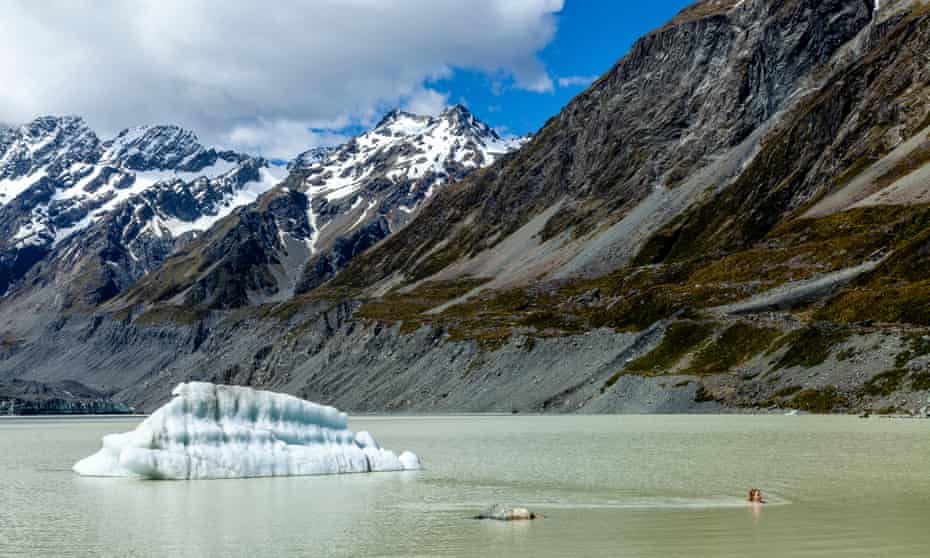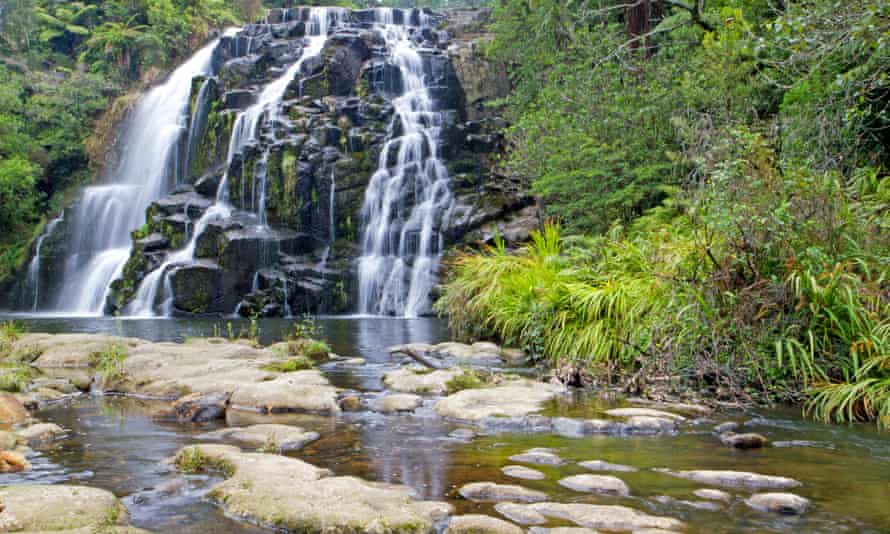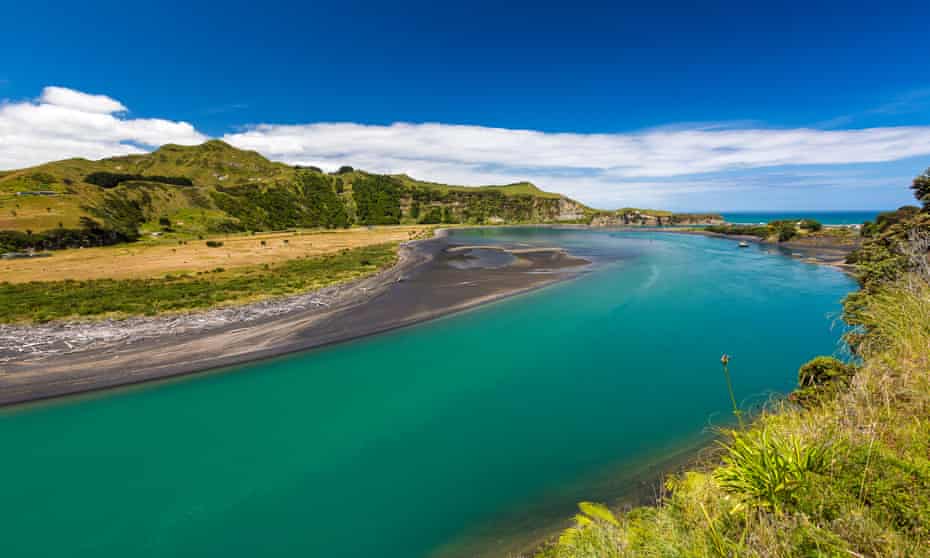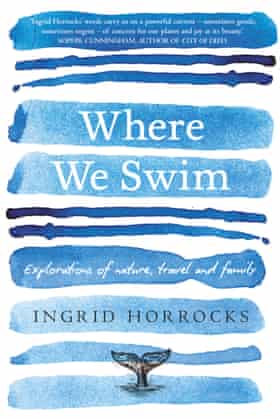In a New Zealand estuary, I closed my eyes and floated. It turned out the water was toxic
Ingrid Horrocks learned to swim in the wild – but no river or lake in the region she grew up in is ‘swimmable’ any more

For most of those of us who swim, swimming is not something we think about: it is something we do.
I learned to swim in the sea, as some of us did in Aotearoa New Zealand in the early 1980s, walking down to the beach with my Auckland primary school. One of my earliest memories is of graduating to the “heads under” group and of sucking salt from my hair.
Later, my family’s regular summer spot was a swimming hole in the river running through our Wairarapa farm, where occasionally I persuaded our old farm horse to swim with me. These days I swim with my own children. We go most often to the beautiful, bracingly chilly sea off the south coast of Wellington, where the summer water temperature sits around 16C.
But over recent years, as a result of a number of reports on the state of our waters, the word “swimmable” has entered our collective vocabulary. Our waters have been damaged by a long history of land conversion for cities and agriculture, and now by run-off and reduced water flow from newly intensive farming practices and more frequent droughts. Which of our rivers and lakes are still swimmable? How many of our beaches? How many are not?

The New Zealand government now publishes a website called Can I Swim Here? This past summer, although the beaches around Wellington were generally fine, not a single river or lake in the wider region where my family and I live was deemed safe for immersion of the human body.
Back in 2017, after a particularly grim report on our waters appeared, accompanied at that point by little sign of collective action, I decided to drive from Wellington to Auckland over a long weekend and swim in as many places, and in as many ways, as I could. I wanted to remember why it was we swam in the first place, and to reclaim why it seemed to matter.
“Wild swimming” isn’t really a term used in Aotearoa, but that was clearly what I was doing, leaping out of the car to take a dip in a small rural creek, and skinny-dipping below sandstone cliffs in pristine water at Ototoka. I had a wonderful early morning swim with a childhood friend in the Tokomaru River in the Manawatu. We were almost out before we were in, our skin humming. I swam across a small lake, clearing weed away from my face at each stroke.
And I swam in a tidal estuary at Mokau on the upper Taranaki Bight, lying on my back, toes poking out, hands fluttering like vestigial wings, and let myself drift, water lapping around my ears. For a while I closed my eyes, letting the tide carry me, feeling the press of the water’s echoey breath. As the minutes stretched, the water seemed to enter my body, my limbs becoming liquid.

Often, it was impossible to tell anything was wrong. But then it turned out where I had swum with my friend was “Code Red”. There was an E coli warning in place: dangerous levels of animal and/or human faeces in the water. Shit. In the lake, there was the intermittent risk of toxic algae from farm run-off. By the end of my journey, I had developed a urinary tract infection. Even if not directly attributable to the toxicity of the water I had chosen to swim in, it felt like my body’s physical response.
That was when I first began to properly understand, to feel in my body, what it might mean for the environment to be damaged enough to endanger us.
My determination to swim anyway was, I now think, partly a refusal to let that be how it would be, even here, in this country, the water already too damaged to bother. It was a refusal to accept and simply stay home on dry land. But it was also an attempt to translate backwards from abstractions such as counting rivers by length or by swimmability, or abstract discussions of “the climate crisis”. It was an attempt to put my whole body into it. Swimming felt like a form of animal engagement and involvement – of necessary immersion.

To explore what it means to swim is also to ask what is at stake in a place becoming unswimmable – for other beings, too, who also need water to live. And for waters themselves. In Maori understanding, all water has mauri, life force. Some waters such as nga awa, rivers, are ancestors. A recent legal settlement acknowledged the legal personhood of the Whanganui river.
By the time I finished that first swimming journey, I had come to see swimming not just as a bracketed, pleasurable summery activity it would be a shame to lose, but as one way we experience ourselves as part of this Earth, with its seas and tributaries, its veins of rivers and lakes. And the brevity of the time we have.
-
Where We Swim by Ingrid Horrocks is out now through UQP